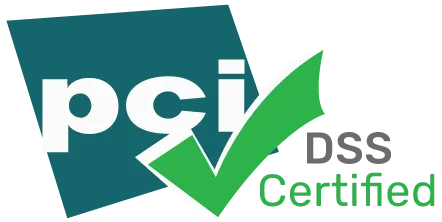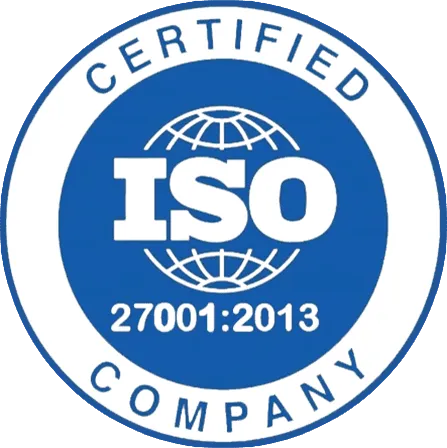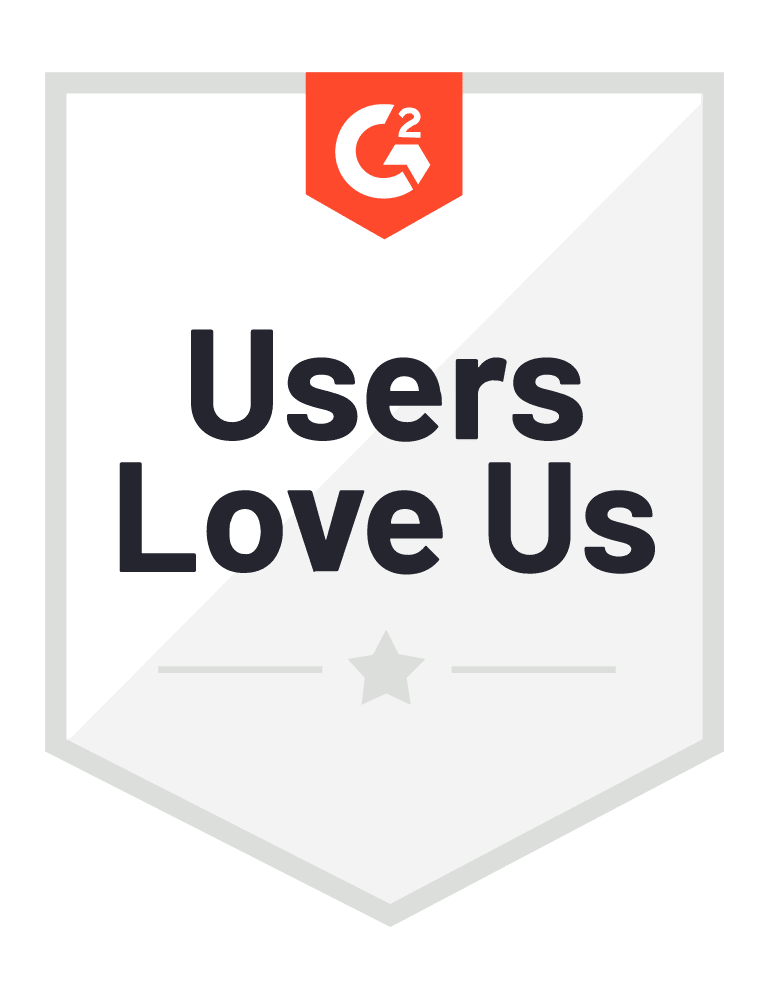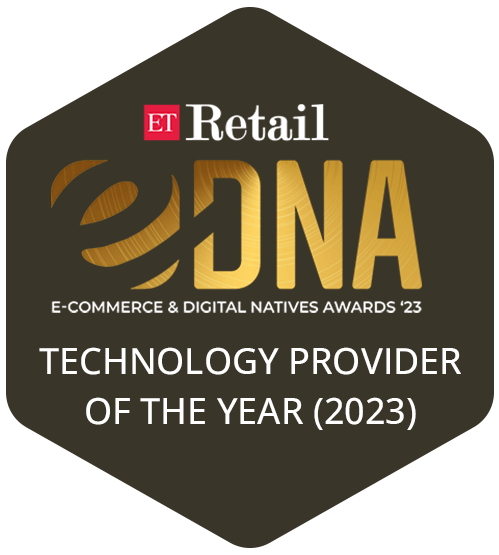What is B2B (Business-to-Business)?
In E-commerce terms, B2B(Business-to-Business), is a business set up where the trade or business is done between two businesses. This business model is different from the B2C model where business commences between a business and individual customers.
What is a B2B company example?
Every industry has examples of Business-to-Business companies. This is because the majority of B2C companies need products, services, consultancy, etc. in some form or the other. In real-world terms, all wholesale companies are Business-to-business as they cater to clients( retail businesses) that further serve the end customers. For example, a wholesale t-shirt manufacturer supplies t-shirts to various retail shop owners who further sell it to their customers
In terms of E-commerce, a business software provider company is a biz-to-biz set up as it offers solutions for online businesses that deal with end customers eventually. For example, ecommerce stores buy different software, hosting, logistics etc. from different providers to build and run their business. All these service providers are business-to-business entities.
How B2B is different from B2C?
Both the business models are fundamentally different from each other owing to the nature and scale of operations. Listed below are the most important differentiating factors for the two business models.
B2B Vs B2C: Top 10 Differences
| B2B | B2C |
Customers | A group of decision-making individuals | Single individuals |
Price | Personalized and variable, unique for each client | Common and fixed for all the customers |
Products | Specific products or services | Consumer goods |
Ticket Size | Large big-ticket orders | Small orders |
Sales Cycle | Long sales cycles, complex well thought decision making | Short sales cycle, simple, often impulsive decision making |
Payments | On credit or partial credit (usually 90 days cycle) | Direct and immediate |
Checkout | Might require complex setup | Simple |
Website | Complex with custom flows, lots of forms and unique entities | Simple and attractive design with fixed flow |
Marketing | Content-based that offers valuable inputs for informed decision-making | Short and simple gain/reward-based marketing that promotes impulse buying |
Customer Relations | Long term | Short term |
However, the conditioning of everyday B2C buying has influenced the business-to-business decision-makers who are expecting the same ease while purchasing from B2B ecommerce websites. Many of the B2C features that offer better user experience and ease of buying are also being adopted by business-to-business ecommerce companies.
How Business-to-Business Sales Are Different
Selling to businesses is a more complex and lengthy procedure than selling to individual buyers.
Following is how a typical business to business sales cycle would work:
Bidding Or Quotes
Since there is no fixed pricing the buyers/businesses usually request a quote based on their product requirement and quantity. You can compare it to buying a TV in the real-world where you visit various electronics stores and ask for their best deals on chosen models of TV.
Decision-Making
This B2B process can take days, weeks or sometimes months as there are various teams involved at both ends. Depending on the number of decision-makers involved in the buying company, there is a lot of analyzing, comparing and value estimation, which makes the decision making process long and complex.
Order-Value Analysis
Since Business-to-business purchases are large in volume and the actual amount paid a thorough analysis of the value added by the purchase becomes essential. This can translate into the buyers requesting a sample, free trial or pilot of the product or services sold. Trial before final purchase reduces the risk of wrong purchase.
B2B Pricing
After the evaluation of the product prototype the initial price quotation offered is re-evaluated by the buying company. If needed further price adjustments are requested and the deal is closed on a mutually agreeable price.
Final Payment
The final payment usually involves a longer payment cycle consisting of 30-90 days. Partial payment is usually done to start the transfer of goods or services from the selling business to the buying business.
How B2B Also Includes B2C
Business-to-business selling also involves B2C selling under many scenarios. For example, a cookware company can sell to retailers who buy in bulk. Alternatively, it can also sell to individual buyers who buy cookware for personal use.
Usually, the Business-to-business order volume is large and the order value is also huge. But even small businesses that further sell to other businesses qualify for this model. The only criterion that needs to be fulfilled is that one business is selling to other business. For example, a food vendor selling meals for a startup business consisting of 3-5 people.
B2B Ecommerce
Business-to-business companies took a long time to take the online route but in recent years they have outpaced the growth of B2C ecommerce(add data here). Frost and Sullivan forecasts that B2B e-commerce will reach $6.6 trillion by 2020, leaving behind B2C at $3.2 trillion. This has become possible thanks to the penetration of internet, mobiles and next-generation Business-to-business ecommerce solutions offered by some leading platform providers.


















